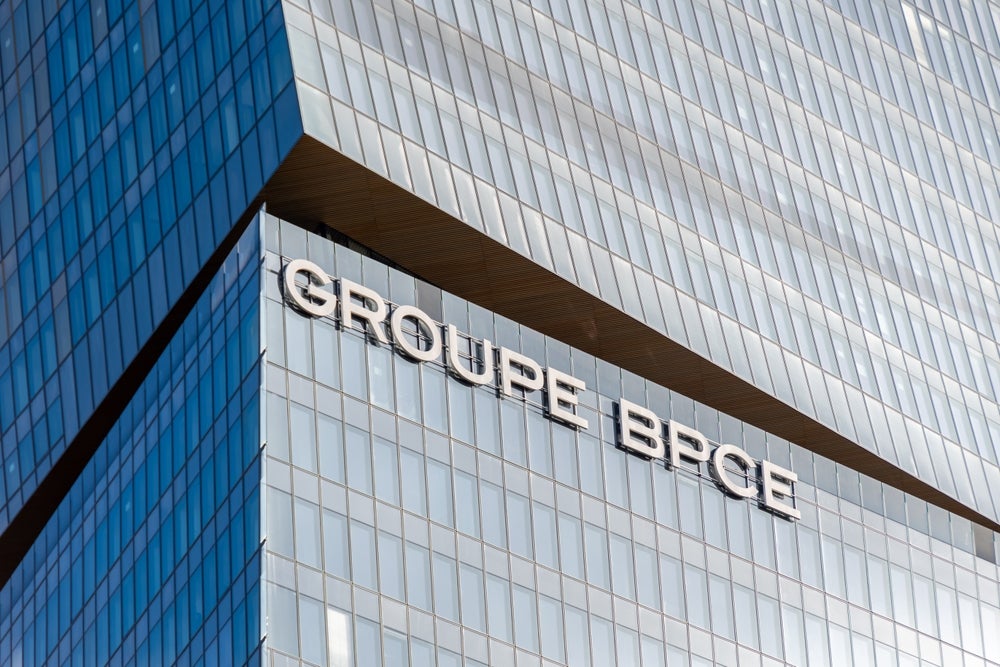
Austerity budgets across much of Europe and the lingering effects of the economic crisis are proving a mixed blessing for funders of medical equipment.
Peter Krause, managing director of health care financial services, GE Capital EMEA, has described the market as "flat or in decline, depending on which market you’re looking at", although GE Capital itself is performing well.
Jeroen van Beeck, European commercial director for health care at De Lage Landen (DLL), say his company has also grown its business, as austerity measures mean more companies and public bodies look to cover capex through alternative finance rather than cash or in-house funding.
Peter Dingler, business development manager for Siemens Financial Services’ commercial finance business, says that SFS "has seen an increase in health care leasing opportunities, despite the reduction in [UK] National Health Service (NHS) capital budgets."
He says the negative effect of the European economic climate means health care organisations need to "maximise the use of their existing assets" and constrain spending, but this can be an opportunity as leasing offers "an alternative to outright purchase and innovative ways for health care organisations to acquire equipment."
This need for alternative funding, combined with an ageing pool of equipment, means that there is what Krause terms "an investment backlog" potentially building up.
How well do you really know your competitors?
Access the most comprehensive Company Profiles on the market, powered by GlobalData. Save hours of research. Gain competitive edge.

Thank you!
Your download email will arrive shortly
Not ready to buy yet? Download a free sample
We are confident about the unique quality of our Company Profiles. However, we want you to make the most beneficial decision for your business, so we offer a free sample that you can download by submitting the below form
By GlobalDataDingler says a recent SFS survey of seven key markets showed that between 2013 and 2015, health care organisations will have
to spend more than 4bn if they want to replace diagnostic imaging equipment over 10 years old.
North-South divide
Krause sees a North-South spending gradient across Europe, with austerity in Spain, Italy and Greece hitting medical capex far harder than in Germany or the UK.
But again, far from being a barrier to promoting financing, the lack of funds in Southern Europe could provide more opportunities.
Krause says in the more mature markets, such as the UK, France and Germany "the demand for financing will remain stable", and it’s more in the Southern European countries where GE Capital "expect to see an increase of financing requests [with] a stronger need in the near future."
Van Beeck says the economic situation in Italy and Spain has led DLL to "limit its exposure to the public sector", although the company will switch focus to private sector practitioners, such as dentists and obstetricians, and to smaller medical assets such as ultrasound, dental and ophthalmology equipment.
Krause says that for GE the inverse is true: historically lessors provided funds to private companies, but recently there has been a strong trend towards financing for the public sector. He adds that GE is now operating in markets where 80% of expenditure is publicly funded.
That means that with austerity measures in place, more lessees are looking for options that "drive cost-effectiveness while increasing quality at the same time. In the UK, GE has seen this embodied in the trend towards higher quality at a lower cost".
One example Krause cites is the idea of ‘connected health care’, solutions "which help to transfer information between different players in the health care system", for example between general practitioners and hospital doctors.
Coming from an environment of "financing diagnostic imaging equipment, traditional MRI, CT scanners, and so forth", now health care providers are focused on "upgrading that equipment and upgrading the clinical information systems", ensuring that equipment "is being kept current, and really making the most of the historical investments [they have] made."
The reason austerity measures are so important to European health care funders is that government or government-funded bodies are a major health care provider in many states, although it’s quite a fluid market.
David Martin, UK general manager of health care for SFS Commercial Finance, says: "The split of private and public sector finance business varies from country to country – depending on local regulations and the split of public sector versus private healthcare activity in the country concerned. In the UK for example, the split has historically been within the range of 75-80% public sector, 20-25% private sector. The trend towards privatisation continues across Europe, in countries such as Germany and Poland."
Krause sees it as a false distinction: "We’re seeing a shift in our customer base from private to more public. In the UK in particular you have a discussion around private versus public, and which is the better system [but] we believe that health care systems are best served by partnership models; by collaboration between the sectors. We like to fund those companies and those players who are working directly at that interface.
"Sometimes the services implemented by the NHS use the tagline ‘paid for by the NHS’, so for [GE] it’s about financing a system where the national health care system, the public system, is defining the playing field and is controlling the cost of health care delivery, but the delivery itself is being done by private players. So instead of private against public, we see schemes emerge where private is collaborating with public."
At the same time, Europe is looking to the UK as an example of how to blend the two. Krause says the NHS system "has been around for some time, and has been unique in Europe; we are now seeing centralised procurement decisions [for local health care providers] are being implemented in other European markets as well."
There is a consensus that austerity budgets have driven health care providers towards leasing to acquire assets, but acquisitions have still slowed.
SFS’s Martin says: "Projects are taking longer to execute, decisions tend to be deferred, due to budgetary constraints.
"One area of concern in many areas of Europe is the increasing average age of medical equipment which is expected to create pent-up demand for replacement technology in the future."
Krause says lessees are being more discriminating about choosing to renew their assets, taking what he describes as a "fleet approach", rather than just financing an asset for five years and upgrading.
They realise, he says, that "there might be some equipment types which are totally fine being used for a longer period of time: maybe because technology has not had any breakthroughs recently, maybe because the imaging is still good."
Customers "tend to continue to invest in high-tech, because they still have some patients where you can only detect and treat illnesses using the latest technology, or they’re doing research and they have an interest in using the latest technology for that."
"But at the same time they might extend the use of equipment from a five-year lease for two or three more years, and they manage a fleet of equipment in that time. Instead of just replacing without thinking after five years, you see a diverse approach of some equipment being used onward, other equipment being replaced, some replacements may even be accelerated."
Dingler says while technological innovation is a driver for medical equipment leasing growth, a lot of the technology is "already very innovative", such as scanners with "high picture quality… in combination with a low dose of X-rays."
Using such innovation, he believes "the challenge is to make that technology more accessible to health care organisations – through ease of use, increased productivity and affordable financing. With increased competition driving greater efficiencies and increasing patient throughput, there is a strong argument for technological innovation – for the ultimate benefit of improved patient care."
Like Krause, Van Beeck of DLL says demand for innovation depends on the type of asset required. "In the more traditional markets like imaging and oncology we do not see the impact of technological innovation, but there are health care markets like the gen analysers (for identifying DNA) or robotic surgery where there is a bigger need for speeding up the cycles as equipment becomes obsolete or new technology becomes available."
However, he believes that, in spite of the quest for new technology, there is still a strong resale market for medical equipment. While the newest technology is "first leased by universities", in its "second life cycle other more commercially or research driven companies acquire the equipment".
Martin of SFS backs this, and says there "are always global disposal routes for medical equipment and there continues to be
significant demand for used but well-maintained medical equipment in countries across the globe including India, Germany and the US."
Cautious investment
While the effects of the economic crisis are receding and, as Krause says, austerity measures are being "lifted", European health care providers are still cautious about investing.
Van Beeck says: "I would believe that further austerity measures will affect health care expenditures in 2014." Dingler supports that, saying "restricted capital budgets will continue to be a challenge for health care organisations".
On the other hand, he adds, "for leasing companies that have the specialist skills in the area of health care financing, this will mean opportunities for financing will continue."
As Martin says: "As budgets continue to be tight, more health care organisations are expected to consider alternative methods of finance.
"Government-owned hospitals are learning from the private sector, which is using leasing much more extensively."
In the NHS, for example, DLL has reported increasing tender requests for operating leases, both in number and value, between 2012 and 2013, which Van Beeck says "could indicate that the austerity measures on publicly funded bodies are reducing
the amount of capital funds available for NHS Trusts to acquire new and replacement equipment".
But at the same time "the ratio of returned equipment to retained equipment has remained constant throughout this period, which would mean that the amount of leased equipment in the NHS estate is growing."
As Krause says: "You reach a point where you need to make investments [and European health care is building] an investment backlog, that is going to build up, and needs to be resolved quickly.
"It’s just a question of time. Those companies that are able to provide intelligent solutions to those players and provide them with solutions that allow them to invest without adding huge capex at the beginning, those companies will be winning."







